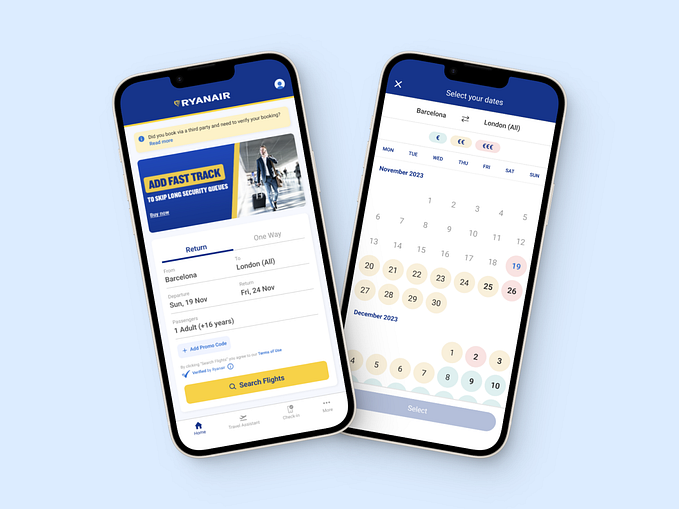
UX Cartography? Why maps matter to your user experience
All you need is the plan, the road map, and the courage to press on to your destination.
Yes, I use a map to get to the grocery store. Obviously.
I’ve been exposed to a lot of maps in my life. As I’m sure you have. But for shits, let’s take a moment to ponder them and the important impact they have on our lives. It’s a bit of a build up for dramatic effect, but trust me we’ll get to the UX bits in a moment.
Star Map — not the celebrity one, the one that helps you navigate through the vast reaches of outer space… with your eyeballs.
State Map — maybe as decor at a roadside diner?
An Amusement Park Map — which ride should we test the efficacy of this Dramamine on first?
Google Maps — how do I get to the grocery store? don’t tell me you haven’t done it. There’s traffic, people. I need to know if the way I go to the grocery store is the best way, at this time of day.
Well today, we’re going to talk about a completely different set of maps, that are way more important to your user experience learning journey.
Why all this talk about maps?
The maps we use for UX are a pushier bunch than those described above. They are more about forcing conversation and helping you approach an aligned mental model with other members of your team. In varying capacities, they provide an understanding of your users and your organization.
These maps are usually a combination of visuals that aid in storytelling, and brief summaries that relay either the existing relationship or the desired relationship of the user with the product. They also do a great job of highlighting areas of tension that need extra attention. And who doesn’t want their tension highlighted?
Caveat Emptor
Now please do not expect a walkthrough of how to create any of these. In my research for this article I came away with at least a dozen different references with visuals and everything. That’s not what this article is. What I’m hoping to relay to you here is not the “how” for each, but rather quickly highlight the similarities they have in both approach and delivery, as well as the differences they have in what they focus on. That way you can make informed decisions about where you should focus your attention. Translation: In the end I want you to have a better idea of which one you should google when you decide you want to take one of these on!
What you take with you
Before you attempt to use any of these maps, there are a few things you should be comfortable with:
- Understand that each map is useful at a different stage of the design process (Are you going to use a star map at the amusement park? Not likely, but that would make for a fun theme night!)
- Make sure you’re using the appropriate type of map to share the fidelity of information that is needed at that stage (Are you going to give turn by turn directions to some asking how your last road trip was? No! They didn’t sign up for that story.)
- All of these maps require insights gathered from the real world, be that user data, or current operating procedures. (Know how to gather that information, or who to talk to, to gather that information for you.)
- Who is the map for, is it for a particular persona, or are you looking at your users as a whole?
Once you’re comfortable in these areas, you’re ready to actually build your map, and when you do, here are my top four recommendations:
- Empathy map — what a user sees, says, thinks, hears, does, and feels (what are their goals, pains, and gains?)
- Customer Journey Map — This map focuses on specific interaction with a product or service. It’s not a detailed, step by step approach with precise measurements, but in the end you’re equipped to address customer needs and pain points where they’re happening in the journey, with an understanding of their state at that point and all of the actions associated with it.
- Experience map — a generalization of the concepts covered in a customer journey map that covers a wider range of users and is agnostic of a specific business or product.
- Affinity map — what patterns did we discover during user testing, what are they saying and doing in general when looked at as a group?
Need a little more guidance, here are a few examples of when different UX maps come in handy:
- Looking to understand your users? Start with an empathy map.
- Trying to get on the same page with the entire team about overall goals? An experience map could be just what you need.
- Need to start making design decisions and defining your product? Look into a customer journey map.
- Wrapping up user interviews and need to synthesize your findings to identify patterns and focus areas? Have you tried the affinity map? It’s great for that.
That’s all for today folks. Now, how do I get to my sister’s house?
This article is day 5 of a 31 day series. A mash-up of the Inktober 2023 prompt list and UX insights for business owners. Read more about the challenge here.









